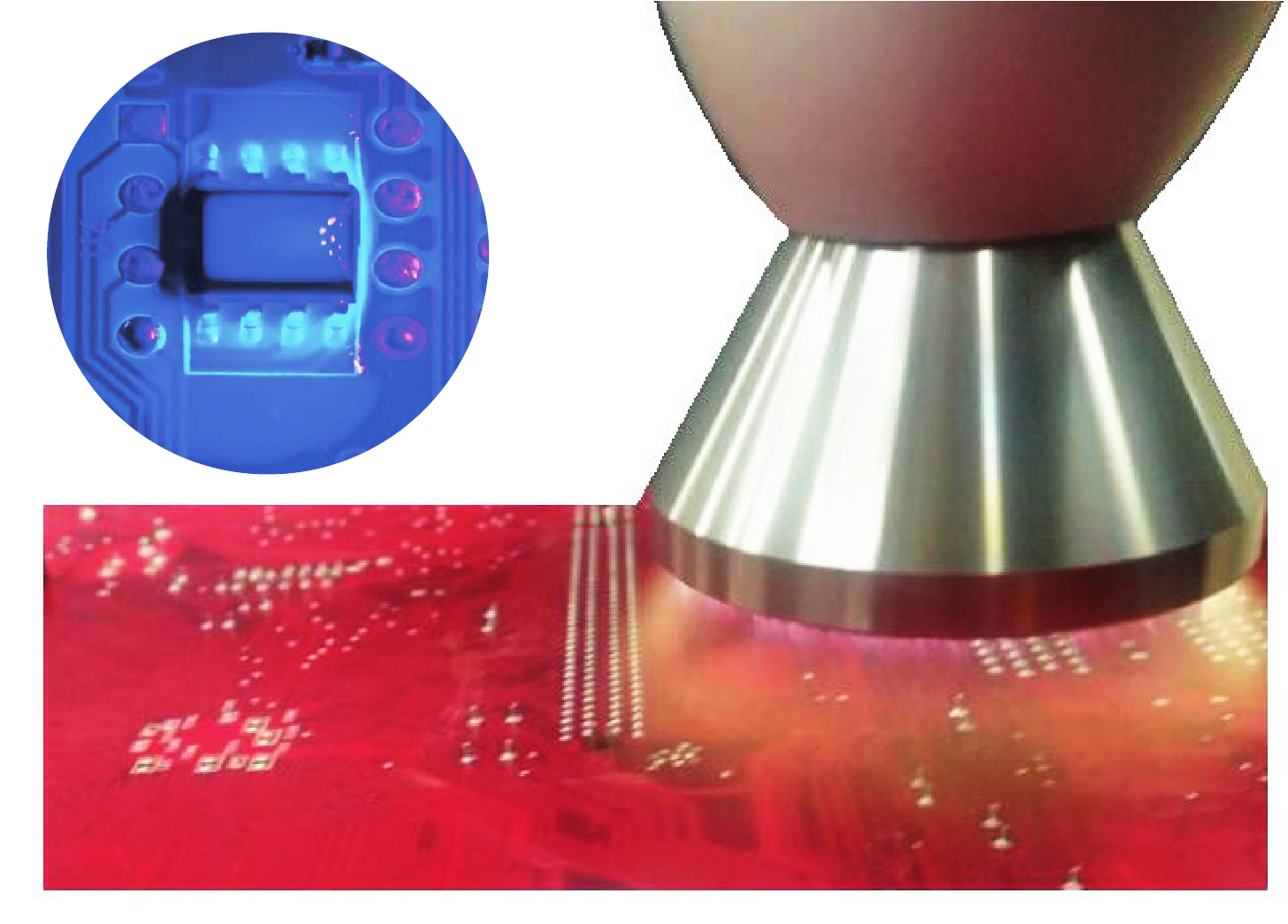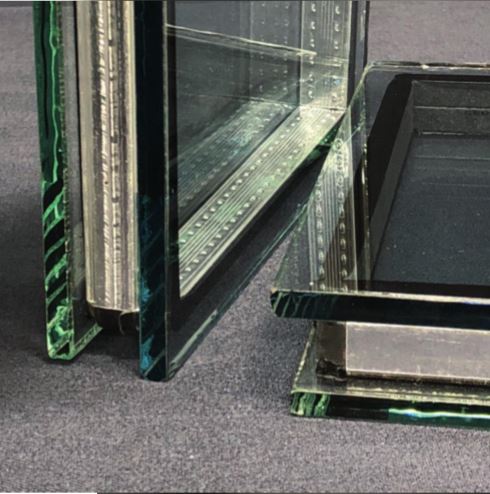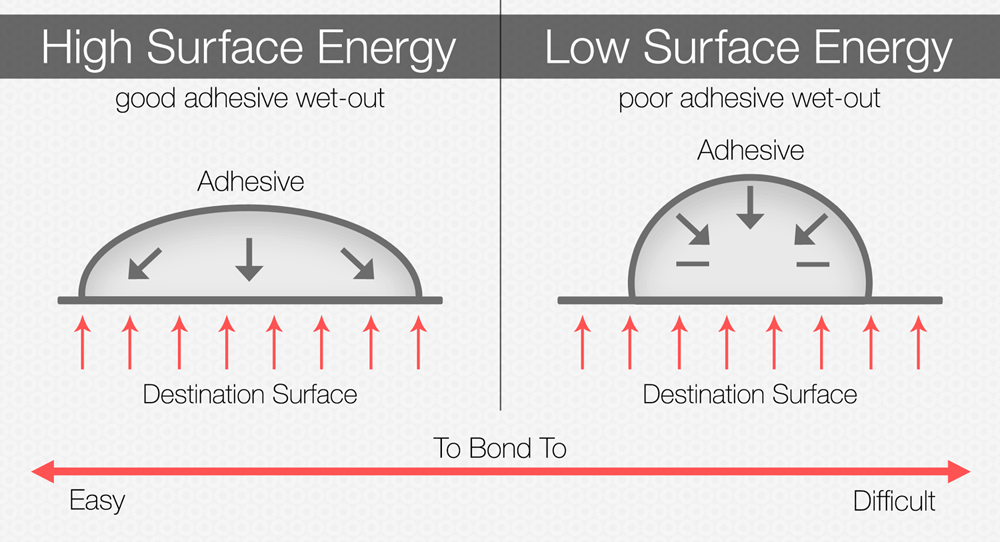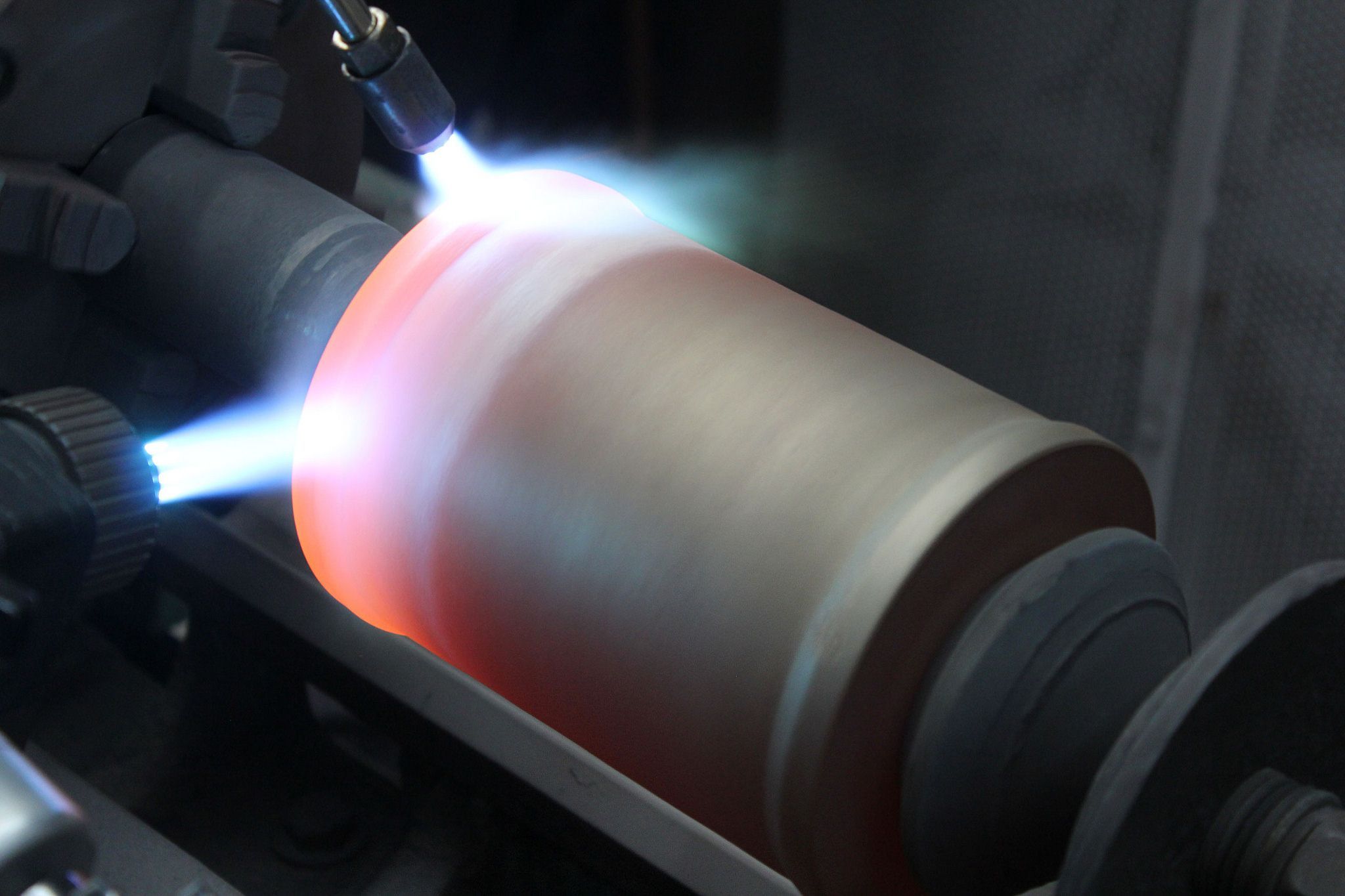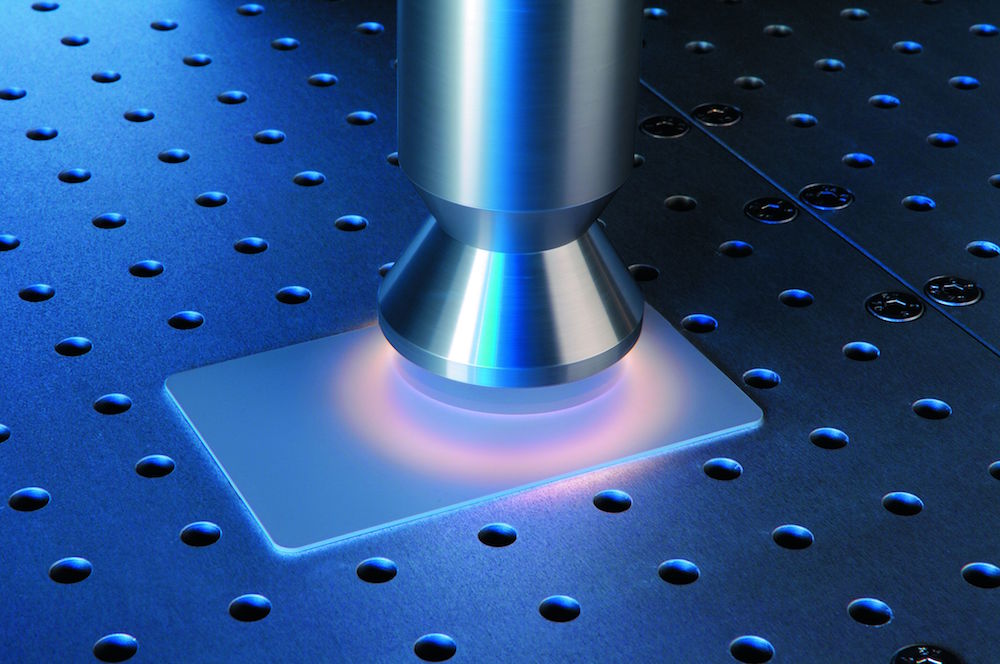
In the production process, some errors often occur when bonding surfaces such as joints do not achieve maximum bond strength, glue does not wet the surface, or the surface is corroded after bonding. Why is this problem happening?
If the error does not start from the quality of the adhesive material, another reason that leads to the above phenomena is the surface that has not been carefully prepared, the adhesive is linked to the contaminant layer without directly linking to the surface, which leads to a poor connection.
Another reason is that adhesives need materials with higher surface energy in order to sufficiently wet out the surface. Wetting out is required to form a strong bond and refers to the adhesive seeping into the surface. When a material has low surface energy, the adhesive beads up rather than flows out. Unable to make intimate contact with the substrate, the adhesion level is reduced and bond failure is likely.

Besides, we all know that a rough surface provides more bonding area than a smooth one of the same gross dimensions. The greater effective surface area offers a larger area for the forces of adhesion to operate, thus providing a stronger joint. So surface preparation should be one of the most important factors to maximize adhesion.
When the joints meet the requirements, the life of the product is also guaranteed, thereby reducing warranty and repair costs for the manufacturer.
As we see, surface preparation plays an important role in manufacturing, so what are the methods of surface preparation, what are their pros and cons? Prostech with many years of experience in the adhesive materials industry will give you the answer in this article.
There are two commonly used methods for surface treatment: Chemical treatment and Physical treatment. However, depending on the requirements, it is possible to combine both methods or just one.
I. Chemical treatments

Solvent degreaser
This is one of the simplest methods of surface preparation, solvent is manually applied rags or immersion degreasing baths. However, this method requires a large amount of solvent because the solvent needs to be changed continuously to avoid cross-contamination. The advantage of this method is simple, easy to use, and does not require investment in machinery. But this method also has many limitations because it cannot change the physical and chemical properties of the surface, but only has the function of cleaning the outside. They are also harmful to the environment and can affect human health. Solvents are being developed to be halogen-free to protect the environment.
Vapor degreaser
Vapor degreasing is the cleaning process which involves condensing solvents vapors on the object that is being cleaned. The process doesn’t require any water or scrubbing. Instead, the vapor-degreasing machine uses solvent vapors to cleanse and remove contaminants from parts. This process is used to clean various materials during the manufacturing process such as plastic, glass, metal, gold, and ceramic.

The clear benefits of vapor degreasing are cleaning results, repeatability, and lack of dependency on operator techniques and manual cleaning methods. The use of vaporized solvent avoids cross-contamination, which is a problem with cleaning methods that reuse either solvents or cleaning solutions from part-to-part. The use of solvents enables objects to dry quickly without a secondary drying process.
Although vapor degreaser solvents are generally expensive compared to other cleaning materials, they are continuously recycled in the closed-loop process, which can make it an economic method of cleaning over time. In addition, compared to batch or inline systems common with aqueous cleaners, vapor degreasing doesn’t require heating water, rinsing, drying parts, or treating wastewater post cleaning.
Acid etch and Anodizing

Acid etching involves immersing a metal substrate in an aqueous acid solution to remove a loose layer of oxide from its surface. The particular acid used depends upon the metal and type of oxide being treated. In many cases acid etching may provide enough surface preparation for bonding – depending, of course, upon the degree of adhesion desired. Acid etching can also be effectively used with certain plastics, for example chromic acid is used to treat polyolefins.
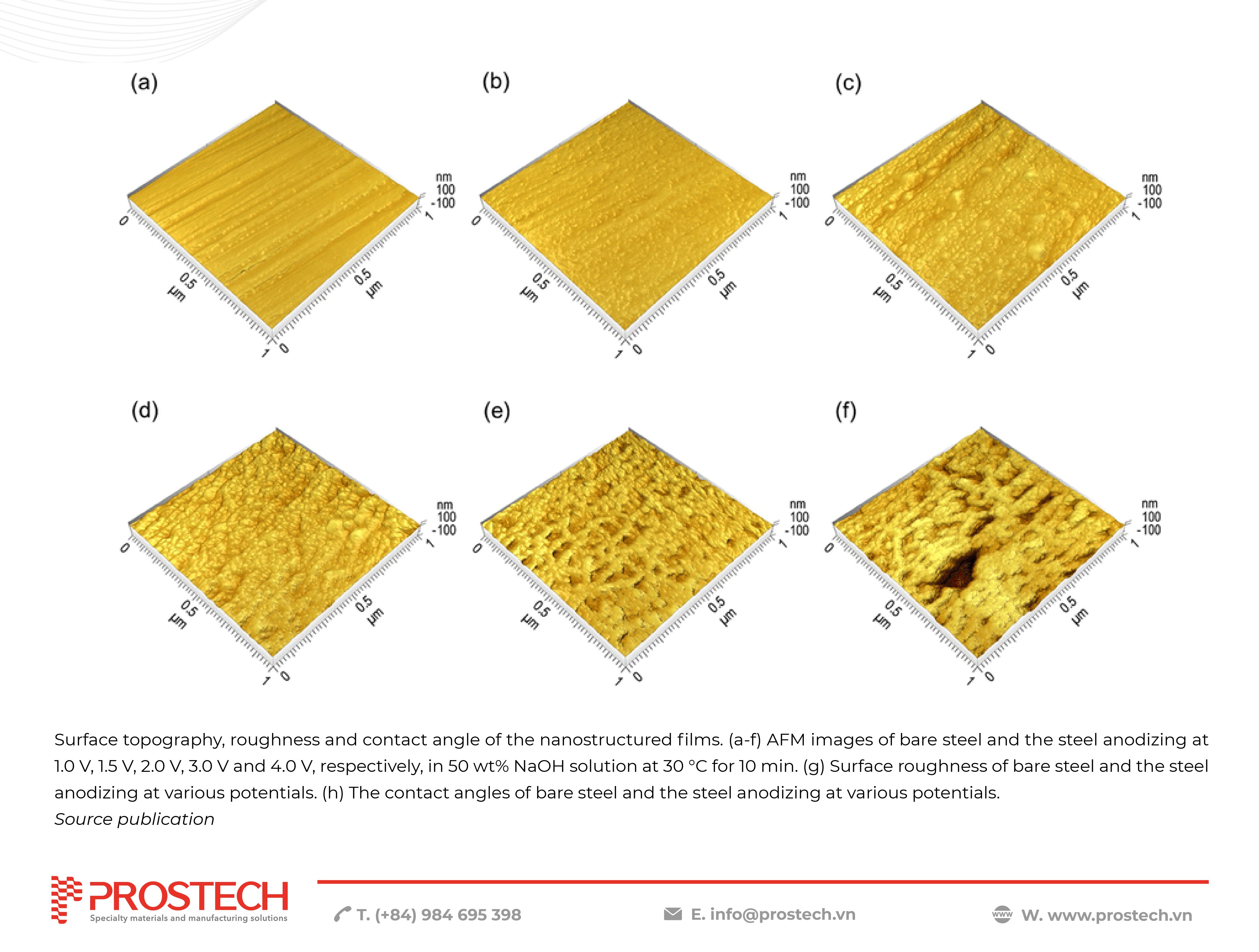
Anodization involves the electrochemical modification of the surface. The process deposits a porous and stable oxide layer on top of the oxide layer formed after etching of the substrate.
Two methods above are usually the last step in the sequence of surface preparation processes and are only used when maximum strength and permanence are required in a joint. They are always preceded and followed by surface cleaning via one of the processes defined in the last section. These treatments provide improved bond strength and durability through several processes:
– Remove the weak boundary layer or alternately modify the boundary layer to provide a cohesively strong layer that is well bonded to the bulk, stable, and receptive to common adhesives.
– Increase the surface energy of the natural surface so that it is higher than the surface energy of the adhesive used. (Primarily for polymeric surfaces.)
– Protect the surface or provide a new surface that is more resistant to environmental influences once the joint is in service.
Conversion coating: Primer & adhesion promoter

Primers and adhesion promoters work in a similar fashion to improve adhesion. They add a new, usually organic, layer at the interface . The new layer can be bifunctional and bonds well to both the substrate and the adhesive or sealant. The new layer is thin so that it provides improved interfacial bonding characteristics, yet it is not thick enough so that its bulk properties significantly affect the overall properties of the bond.
Both primers and adhesion promoters are strongly adsorbed onto the surface of the substrate. The adsorption may be so strong that instead of merely being physical adsorption, it has the nature of a chemical bond.
The main difference between primers and adhesion promoters is that primers are liquids that are applied to the substrate as a relatively heavy surface coating prior to the application of the adhesive.
Adhesion promoters (coupling agents) are liquids that form a very thin (usually monomolecular) layer between the substrate and the adhesive. Adhesion promoters are not used only to improve the adhesion to the substrate. They are also used to modify the surface properties of internal fillers to provide better wetting and adhesion.
II. Physical treatments
Mechanical abrasion

Mechanical abrasion is the most traditional method when we want to change the physical properties of the surface. Workers rub the surface of the substrates with their hand or equipment to make them rougher. This method, though simple and easy to implement, has many limitations such as damaging the surface of the substrates, consuming a lot of labor, taking a long time and not committing to meet the requirements.
Plasma
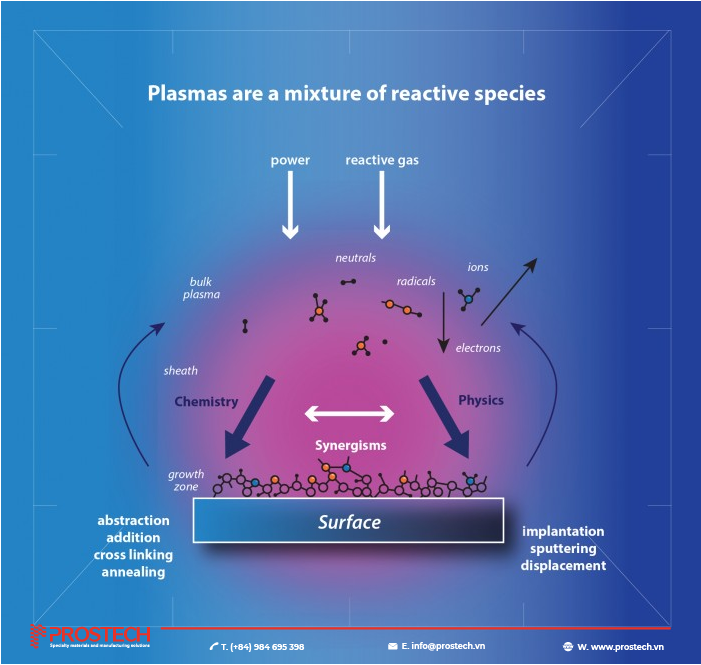
Plasma is basically a state of matter besides solid, liquid, and gas which we are all familiar with. As we could change between the states by adding or removing energy (e.g. heating/cooling), Plasma would come as long as we add enough energy into gas molecules which will become ionized (lose one or more electrons) and so carry a net positive charge.
In conclusion, Plasma is referred to as the fourth state of matter, contains positive ions, electronics, neutral gas atoms or molecules, UV light and also excited gas atoms and molecules, which can carry a large amount of internal energy. All of these components can interact with the surface during plasma treatment. By choosing the gas mixture, power, pressure etc. we can quite precisely tune, or specify, the effects of the plasma treatment.
Plasma with its unique technology has been playing a more and more important role during the fabrication of products :
– Ability to treat complex 3D objects and micro-channels that hard to reach with normal methods
– Plasma is a cleaning process without any chemicals, it’s a completely environmentally friendly process
– Easily Increase Surface Energy just in one step
– Ability to treat temperature sensitive materials
– Treat conductors, semiconductors, and insulators which all are small and dedicate and difficult to bond
– Cost-saving with very low unit cost per treatment
– Ability to produce high value-added property to product
– Plasma has 4 main functions:
- Plasma Cleaning
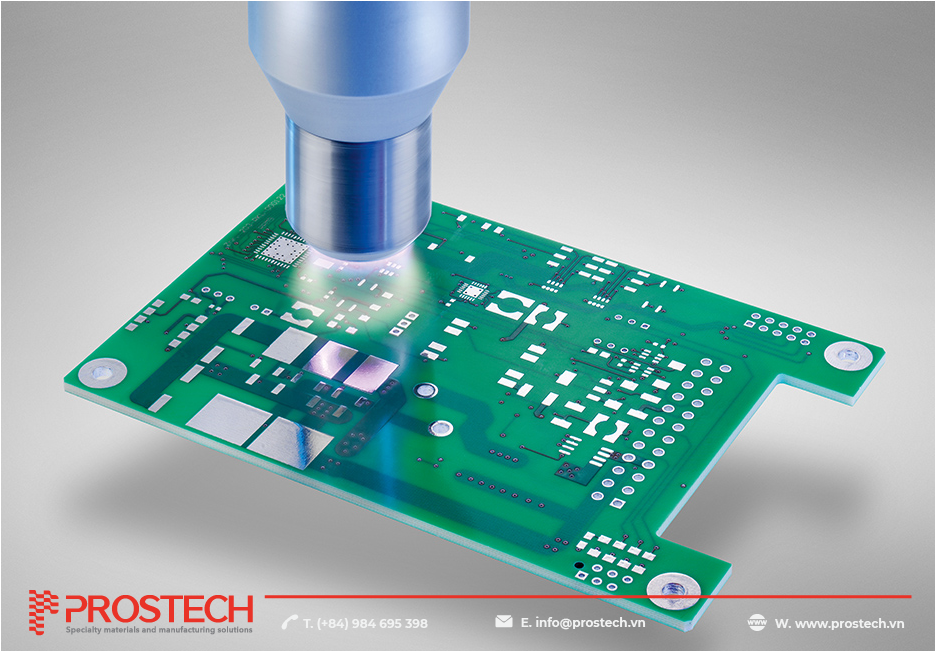
Plasma cleaning is a proven, effective, economical, and environmentally safe method for critical surface preparation. Plasma cleaning with oxygen plasma eliminates natural and technical oils & grease at the nano-scale and reduces contamination up to 6 fold when compared with traditional wet cleaning methods, including solvent cleaning residues themselves. Plasma cleaning produces a pristine surface, ready for bonding or further processing, without any harmful waste material.
- Plasma Surface Activation

Plasma is basically a state of matter besides solid, liquid, and gas which we are all familiar with. As we could change between the states by adding or removing energy (e.g. heating/cooling), Plasma would come as long as we add enough energy into gas molecules which will become ionized (lose one or more electrons) and so carry a net positive charge.
Low energy substrates are gaining popularity in many manufacturing processes. These substrates offer benefits, such as durability, flexibility, and cost-effectiveness.
Yet while adhesives have been adapting to challenges that low surface energy poses, these substrates also can adjust by Plasma Treatment.
Plasmas afford an effective surface activation pre-treatment prior to printing, lacquering or bonding. Glass and ceramics can be plasma-activated similarly.
- Plasma Coating

In plasma coating, a nano-scale polymer layer is formed over the entire surface area of an object placed in the plasma.
The coating process takes just a few minutes. The coating produced is typically less than 1/100th thickness of a human hair, colorless, odorless, and doesn’t affect the look or feel of the material in any way. It is a permanent coating too, being bound to the material surface on an atomic scale.
- Plasma Etching

Plasma etching is used to ‘roughen’ a surface, on the microscopic scale. The surface of the component is etched with a reactive process gas.
Material is precisely sputtered off, converted to the gas phase, and sucked away via the vacuum system. The surface area is greatly increased, making the material easily wettable. The etching is used before printing, bonding, and painting and is particularly useful for processing of e.g. POM and PTFE, which cannot otherwise be printed on or bonded.
Prostech is a company with many years of experience in the adhesive industry, we provide a full range of surface treatment. Please contact us to get more information via:




